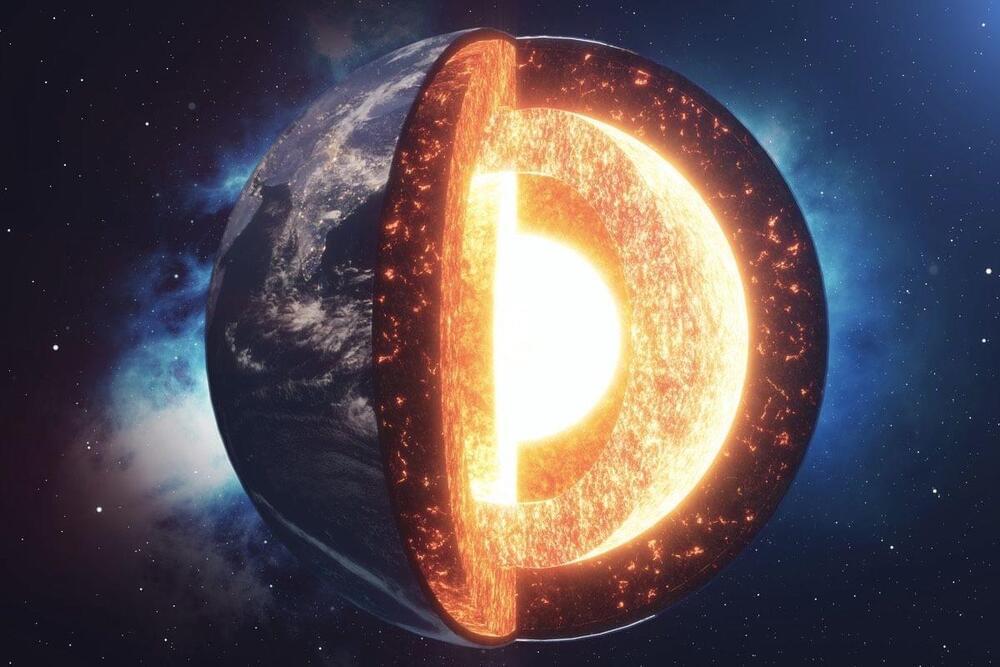Imagine a crew of astronauts headed to Mars. About 140 million miles away from Earth, they discover their spacecraft has a cracked O-ring. But instead of relying on a dwindling cache of spare parts, what if they could simply fabricate any part they needed on demand?
A team of Berkeley researchers, led by Ph.D. student Taylor Waddell, may have taken a giant leap toward making this option a reality. On June 8, they sent their 3D printing technology to space for the first time as part of the Virgin Galactic 7 mission.
Their next-generation microgravity printer—dubbed SpaceCAL—spent 140 seconds in suborbital space while aboard the VSS Unity space plane. In that short time span, it autonomously printed and post-processed a total of four test parts, including space shuttles and benchy figurines from a liquid plastic called PEGDA.









